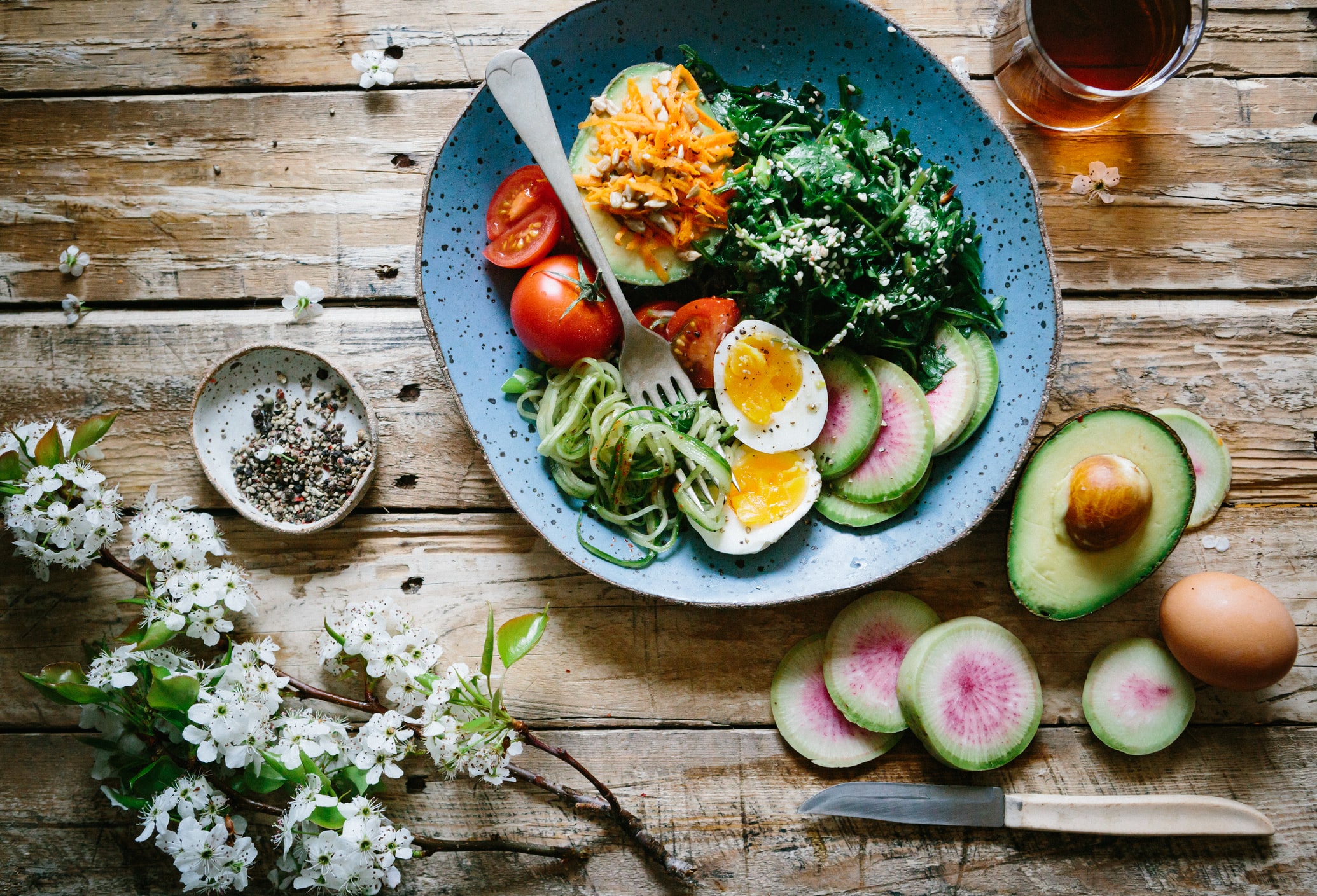Many people have been very successful in using the keto diet for weight loss or weight control. This low-carbohydrate, high-protein diet is quite complicated and requires making fairly dramatic changes to your eating habits, which can be hard to stick to unless you’re very disciplined. Meal planning takes the stress out of managing your new diet, facilitating good choices, and setting you up for success.
What is a keto diet?
‘Keto diet’ is short for ‘ketogenic diet,’ meaning a diet that causes your body to form substances known as ketones. The chemistry behind this is complicated. However, ketones are produced by your body when it needs to break down fat for energy instead of merely deriving energy from your food. This usually happens when your body has been pushed into starvation mode. By radically reducing the number of carbohydrates you consume, the keto diet aims to trick your body into producing ketones to break down fat.
The keto diet involves giving up more apparent sources of carbohydrates, such as bread or sugar, but even some vegetables and fruits. Instead, keto dieters consume proteins, fats, and some dietary fiber. Common keto diet foods include meat, poultry, eggs, nuts, and some dairy foods; various healthy fats and oils; and low-carb vegetables like broccoli and cauliflower. Foods that are off the menu, at least initially, include fruits like grapes, berries, citrus fruits, and apples, although some versions of the diet allow these to be introduced after the initial phase.
Why make a keto diet food plan?
The keto diet is a significant change for most people. Virtually every meal that you’d typically eat is simply incompatible with the keto diet. No more pancakes, cereal, or oatmeal for breakfast. No grabbing a sandwich for lunch or some crackers for a snack. No potatoes, no rice, and no wheat pasta. Every meal needs to be rethought.
Forward planning is essential here. A keto diet can be as convenient and satisfying as a conventional one — it just requires a little forethought and preparation. When you can no longer grab a box of cereal or a snack bar off the supermarket shelves, or step out for fast food when you’re too busy to cook, you need a plan in place that will let you anticipate potential snags and work around them. More than any other weight loss food plan, the keto diet works best when you make a sensible strategy for all your meals and snacks.
A sample keto meal plan
Although it might seem daunting at first, a keto meal plan can be fairly simple. Here’s an example of a meal plan for a day on the keto diet.
Breakfast: Pancakes made with coconut or almond flour, topped with sugar-free syrup and a little butter or whipped cream.
Lunch: Cheese and broccoli frittata, made with lightly parboiled broccoli and served with salad leaves. Round out with a drizzle of your favorite keto-friendly dressing.
Dinner: Steak served with mashed cauliflower and low-carb blue cheese sauce.
Snacks: Low-carb smoothies, nut-flour cookies, or carrot sticks and a low-carb dip.
Planning and preparing
Preparing meals ahead of time will make it much easier to keep your keto diet on track. Many keto foods benefit from being made in bulk. You can bake your keto-friendly breakfast cereal in large batches, so it’s all ready to grab when you’re in a rush. Homemade dips and sauces will often keep for a long time in the refrigerator or freezer. You can also cook portions of meat or chicken in advance, freeze them, and reheat them to serve with fresh vegetables as needed. Because the keto diet is a significant change to your eating habits, it’s a good idea to speak to your doctor before embarking on it. The keto diet isn’t suitable for everyone and might cause health issues in people with underlying conditions.
Tap for recommended posts on the tags you don’t follow


